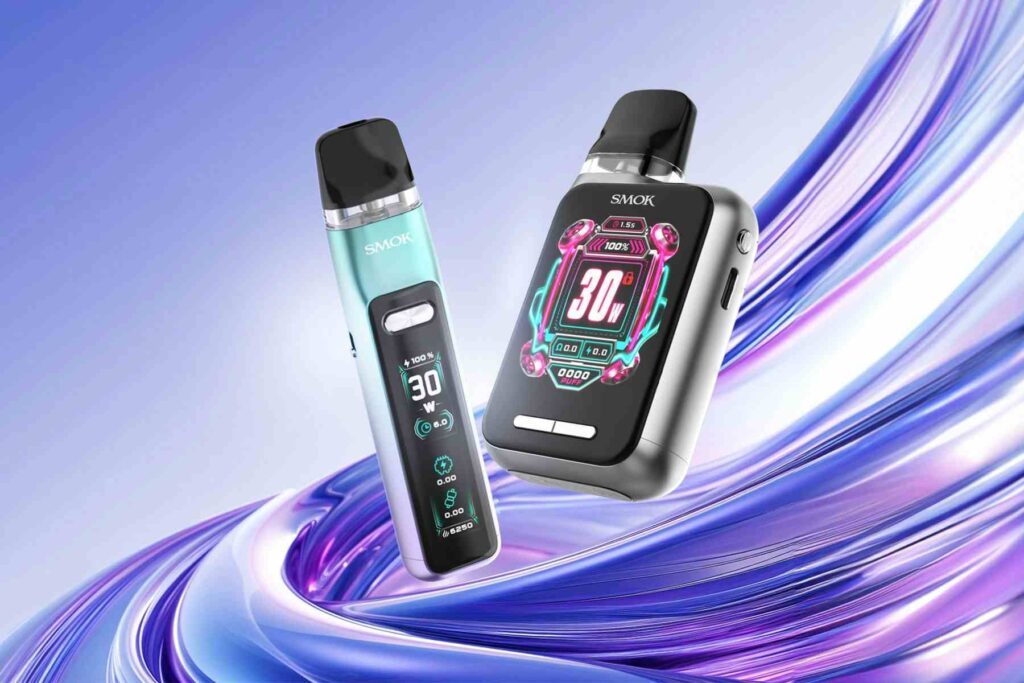How to Evaluate Battery Safety in Vape Devices
In the growing world of vaping, battery safety has become a crucial concern for users and manufacturers alike. The lithium-ion batteries used in vape devices can pose potential risks if not properly evaluated and managed. This article provides a comprehensive overview of evaluating battery safety in vape devices, focusing on product specifications, performance, user experience, and recommendations for safe usage.
Product Introduction and Specifications
Vape devices, commonly referred to as e-cigarettes or vape pens, come in a variety of forms, sizes, and specifications. Most devices use rechargeable lithium-ion batteries, which are favored for their high energy density and longevity. Typical specifications for these batteries include voltage ratings (commonly between 3.7V to 4.2V), capacity ratings measured in milliampere-hours (mAh), and discharge ratings (often 20A to 30A).
When evaluating a vape battery, it is vital to look at the manufacturer’s specifications. Reliable brands typically provide detailed information about the battery chemistry, safety features, and certifications, creating a benchmark against which safety can be assessed.
Design and Build Quality
The appearance and build quality of vape devices can reflect their overall safety. High-quality devices employ durable materials that can withstand heat and stress. Devices should be constructed with functional design elements, such as battery doors that fit snugly and are secure, to prevent accidental disassembly and shorts.
Aesthetically, many modern vape devices are sleek and compact, often featuring advanced displays, customizable settings, and ergonomic threading. This not only enhances user experience but also signifies careful engineering, which is essential for battery safety.
Best Flavors and Duration
Flavor is a significant aspect of the vaping experience. Users often gravitate towards devices that offer robust flavor profiles from a variety of e-liquids. The longevity of flavor is directly tied to battery performance—the higher the battery capacity, the longer the device can deliver consistent, flavorful vapor before needing a recharge.
Additionally, many vape users appreciate devices that allow for adjustable wattage and temperature control, as these features can impact both flavor and battery life.
Battery Life and Charging
Battery life is a critical factor in user satisfaction. A good vape device should provide a balance between power and duration, effectively allowing users to vape throughout the day without frequent recharges. Most vaping devices offer charging options, but the method—whether USB-C, micro USB, or wirelessly—affects convenience. Rapid charging is a desirable feature; however, it should not compromise safety.

Safe charging practices are vital for battery longevity and risk reduction. Users must be attentive to not overcharge their devices and should utilize the charger provided by the manufacturer to ensure compatibility and safety.
Performance and Usage
The performance of vape devices is a culmination of battery safety, build quality, and user technique. A device that delivers smooth and powerful performance is often safe to use, but this is also contingent upon user habits. Users should heed the recommendations of manufacturers regarding vaping limits and recommended usage.
Most contemporary vape devices come equipped with various safety features, including over-discharge protection, short-circuit protection, and temperature control, which contribute to overall battery safety.
Advantages and Disadvantages
When evaluating battery safety in vape devices, several advantages and disadvantages come to light:
Advantages:
– Reliable brands often utilize high-quality batteries with built-in safety features.
– Enhanced battery management systems significantly reduce potential risks.
– Many devices offer versatile settings, allowing for customizable and safe vaping experiences.
Disadvantages:
– Some lower-quality devices may utilize inferior batteries or lack proper safeguards, posing safety risks.
– Misuse of vape devices by not adhering to charging and usage instructions can lead to battery failures.
– Lack of awareness regarding the safe handling and storage of batteries remains a prevailing issue among users.
Target User Demographics
The target demographic for vape devices encompasses a wide range of individuals, but primarily includes young adults aged 18-35 looking for an alternative to traditional tobacco products. Many of these users are drawn to the customizable experience, flavor variety, and perceived reduced harm associated with vaping over smoking.
On the other hand, newer users or those who occasionally vape may prioritize safety and ease of use over intense performance features. As such, manufacturers need to cater to both seasoned users seeking advanced capabilities and beginners requiring straightforward functionality.
Conclusion
Evaluating battery safety in vape devices is integral for both user satisfaction and overall device integrity. By understanding product specifications, design quality, battery life, and overall performance, users can make informed choices about the devices they select. Ultimately, as vaping continues to evolve, so will the importance of adhering to safety practices, ensuring a safer experience for all users in the vaping community.





